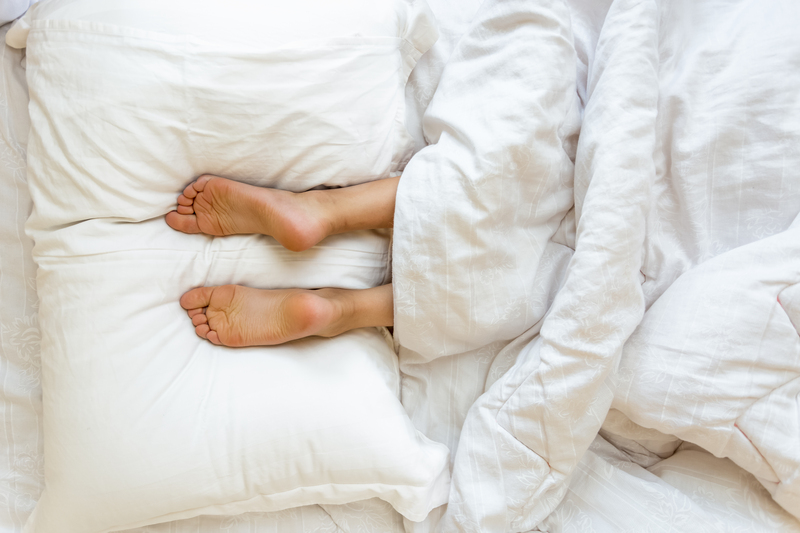Microplastic Dilemma: Finding Effective Solutions
The pervasive presence of microplastics in our environment poses a significant threat to ecosystems, wildlife, and human health. Understanding and addressing this microplastic dilemma is crucial for creating a sustainable future. This article delves into the sources, impacts, and potential solutions for the issue of microplastics to enlighten and empower readers.
Understanding the Microplastic Problem
Microplastics are tiny plastic particles less than 5 millimeters in size, often originating from larger plastic debris that has degraded over time. These particles are not just a marine problem; they have infiltrated soils, freshwater systems, and even the air we breathe.
Sources of Microplastics
The invasion of microplastics is attributed to a combination of primary and secondary sources. Understanding these can aid in developing effective strategies to mitigate the issue.
- Primary Microplastics: These are manufactured as small particles for use in consumer products such as microbeads in cosmetics or pellets in industrial processes.
- Secondary Microplastics: These are formed by the breakdown of larger plastic items like bottles, bags, or synthetic textiles due to UV radiation, abrasion, or environmental factors.

The Impact of Microplastic Pollution
Threats to Marine Life
Marine animals often mistake microplastic particles for food, leading to impaction, malnutrition, and even death. Plankton, fish, and larger marine creatures ingest these harmful particles, disrupting the marine food web.
Human Health Risks
Microplastics have been detected in a range of consumables, including seafood, drinking water, and salt. The effects on human health are yet to be fully understood, but potential risks include exposure to toxic chemicals and harmful pathogens.
Environmental Consequences
The infiltration of microplastics into soil and freshwater can affect crop growth and water quality, posing broader environmental concerns.

Tackling the Microplastic Challenge
Addressing the microplastic contamination requires a multi-faceted strategy that includes regulation, innovation, and public awareness.
Innovative Solutions and Technologies
- Biodegradable Alternatives: Development of biodegradable plastics to replace conventional plastics can reduce microplastic impact.
- Advanced Filtration Systems: Installing filtration systems in industrial discharge and household drains can limit microplastic release.
- Microplastic Capture Technologies: Innovative methods such as the use of magnetic nanomaterials to remove microplastics from water bodies show promise.
Policy and Legislation
Governments worldwide are enacting bans on single-use plastics and microbeads. Strengthening these regulations is vital for decreasing microplastic proliferation.
Public Awareness and Behavioral Change
Public education on the harmful impacts of plastics encourages community involvement in recycling and reducing plastic consumption. Encouraging behaviors such as using reusable bags, bottles, and containers can significantly cut down plastic waste.
Research and Collaboration
Interdisciplinary research is essential to gain a comprehensive understanding of microplastic impacts and develop innovative recovery solutions. International collaboration can also spread best practices and technological advancements globally.
Conclusion
The microplastic dilemma demands immediate attention and concerted action from all sectors of society. From policy makers to individual consumers, everyone has a role to play in fostering a plastic-free world. By combining innovative technologies, robust policies, and an informed public, we can tackle the microplastic problem and move towards a sustainable future.
Adapting to a world where plastic production is regulated, alternatives are embraced, and ecosystems are valued is not just a necessity but a shared responsibility for generations to come.